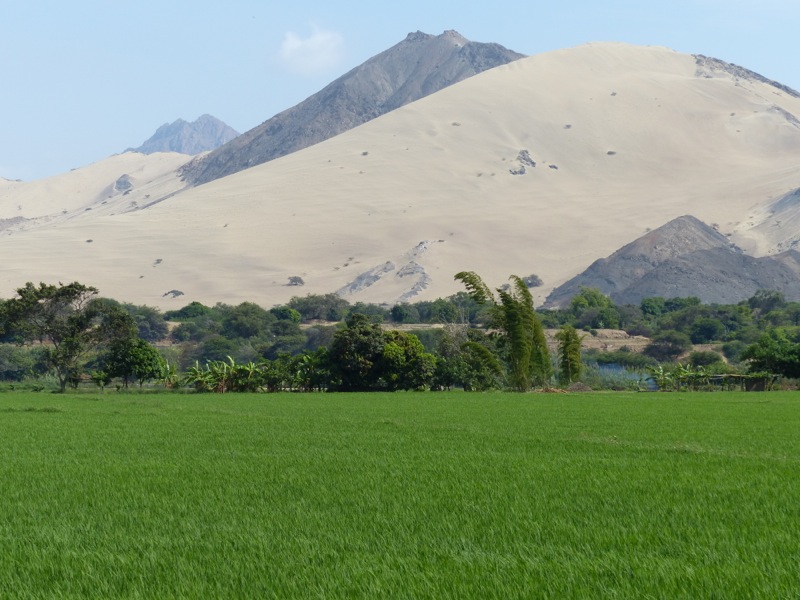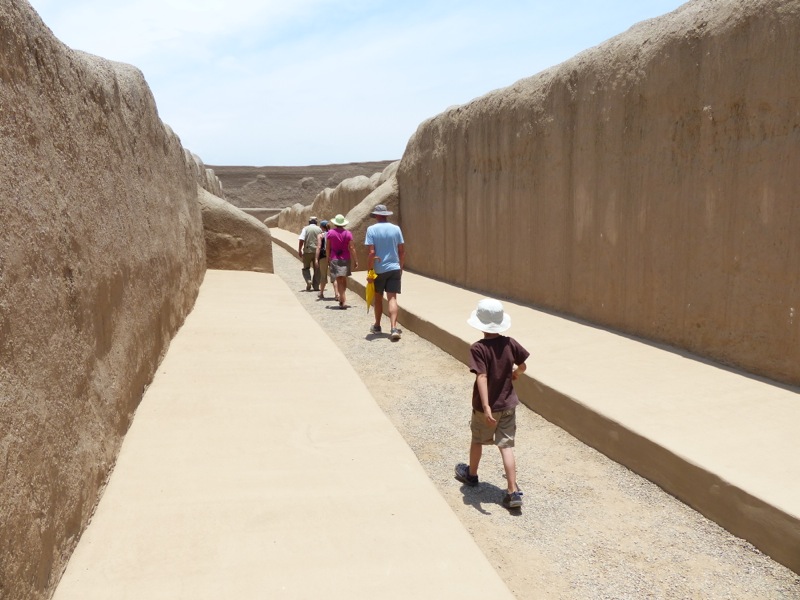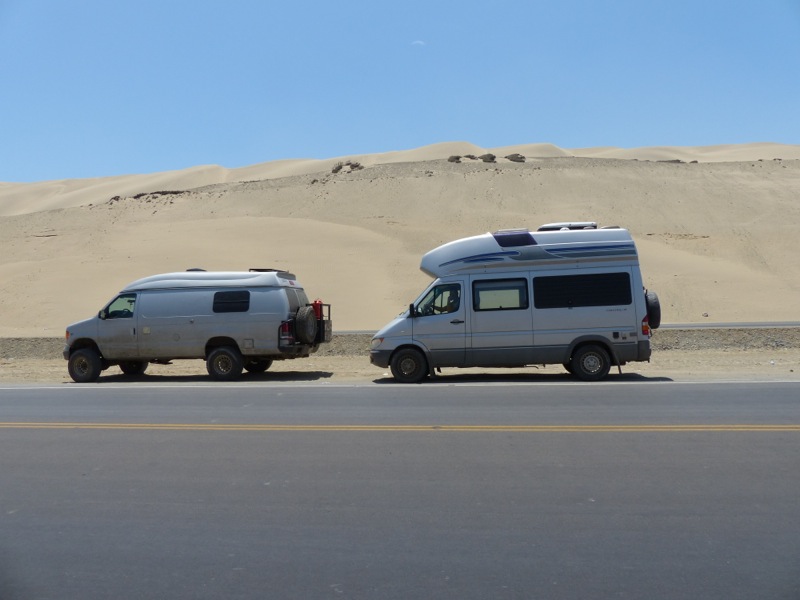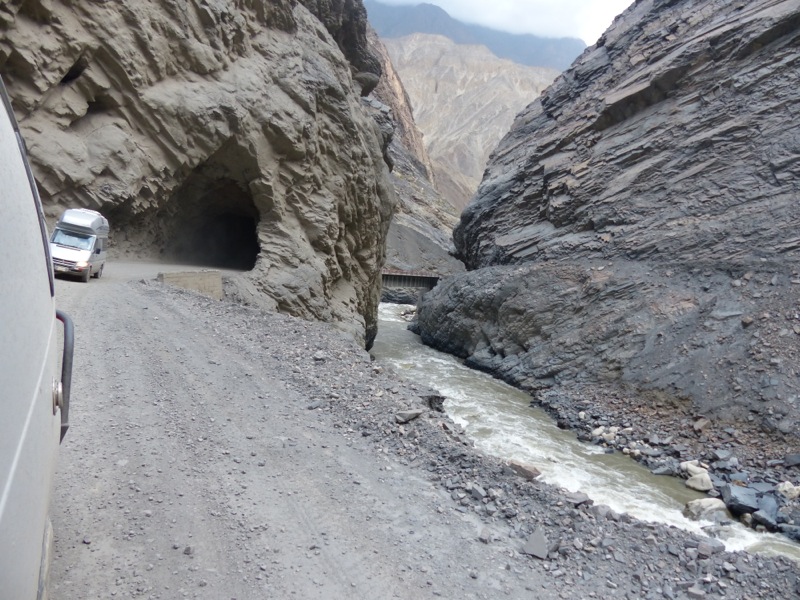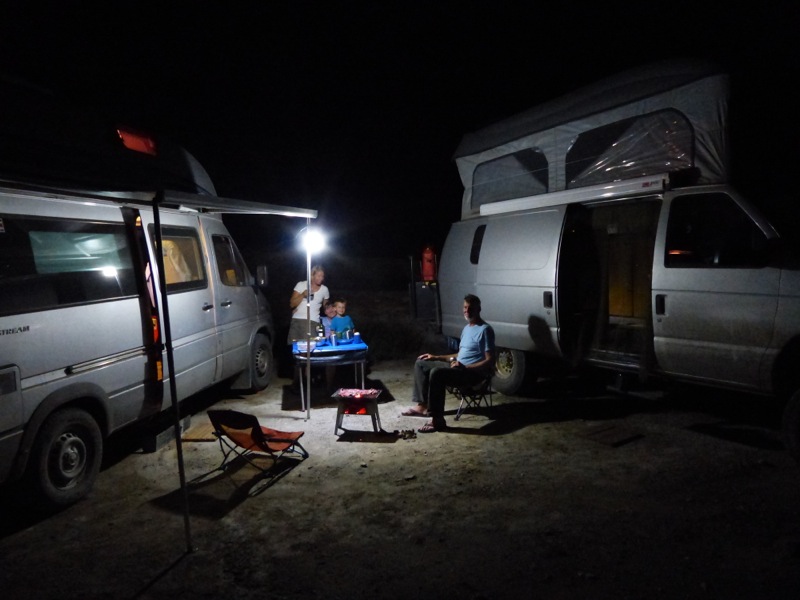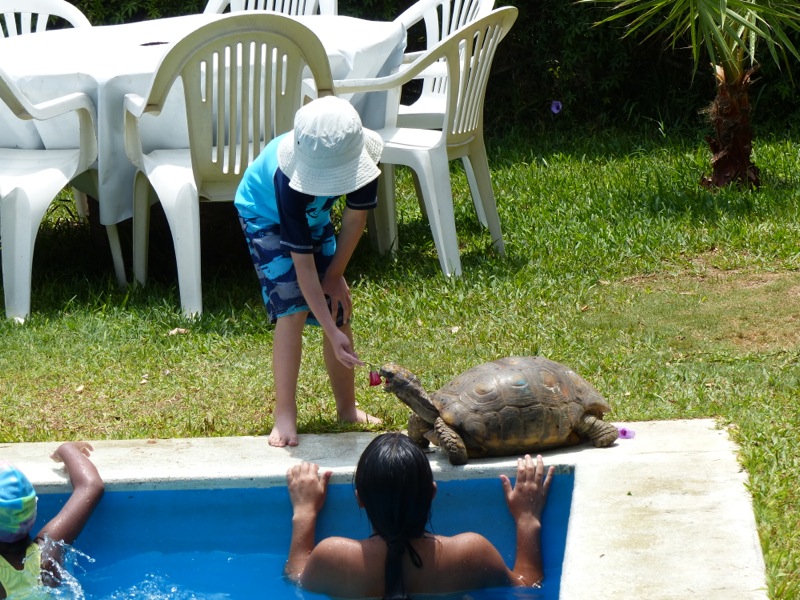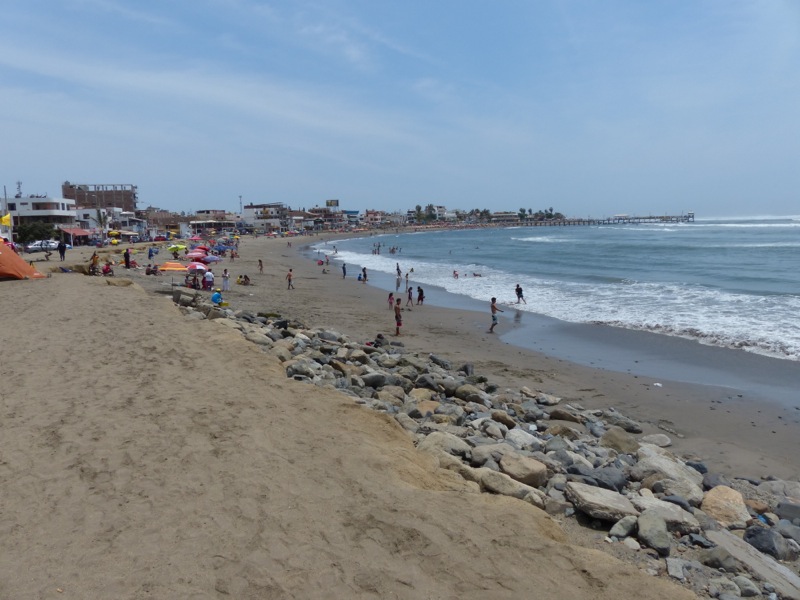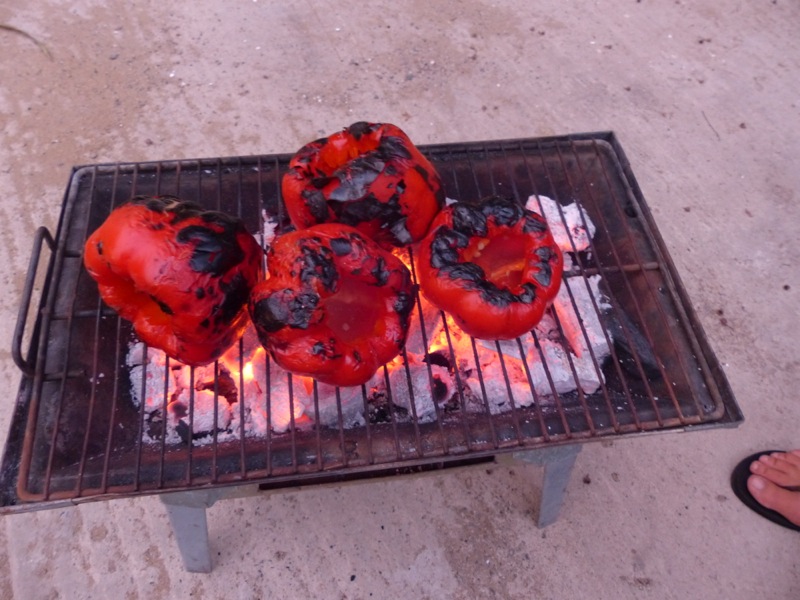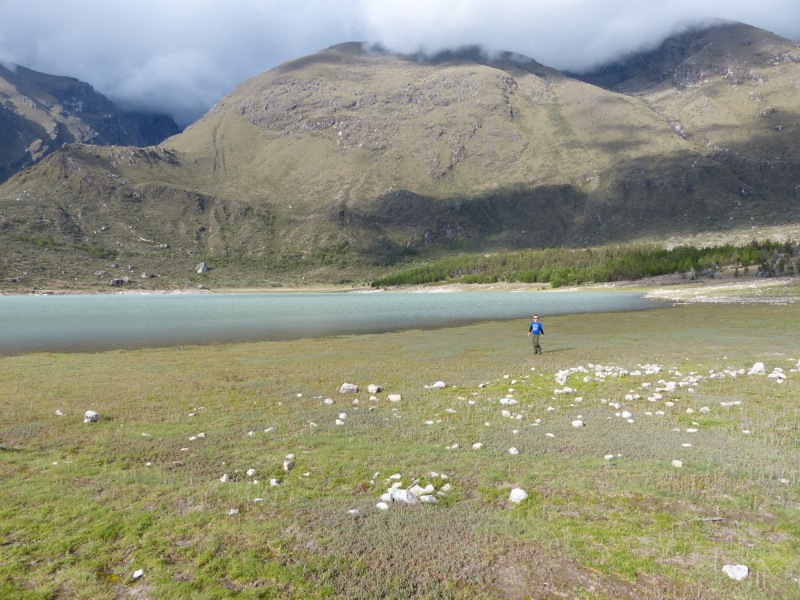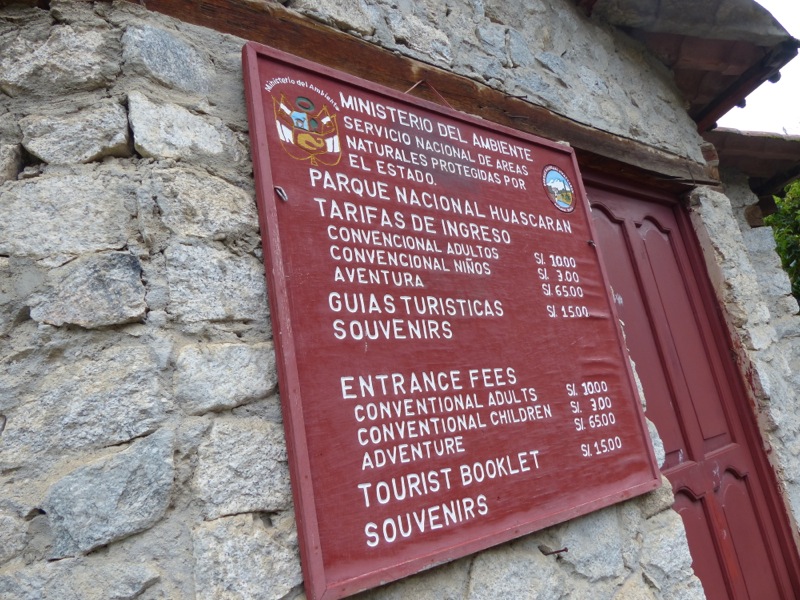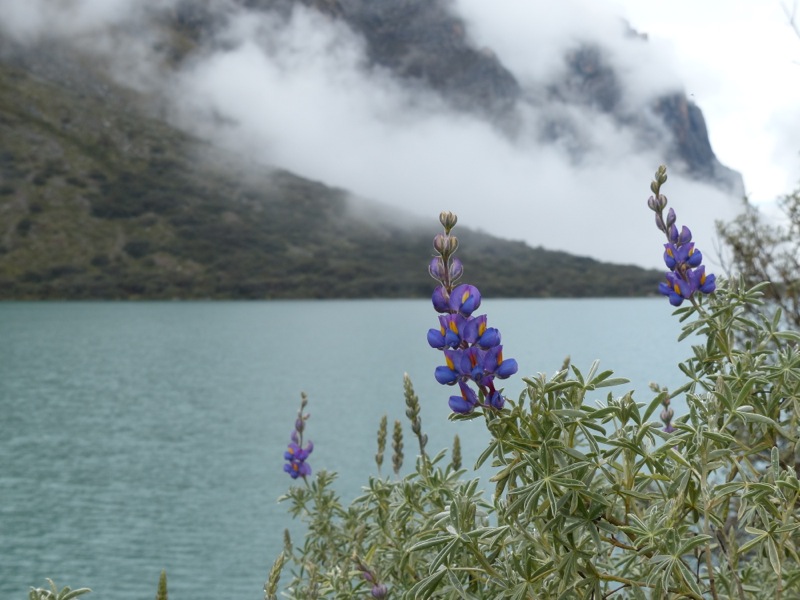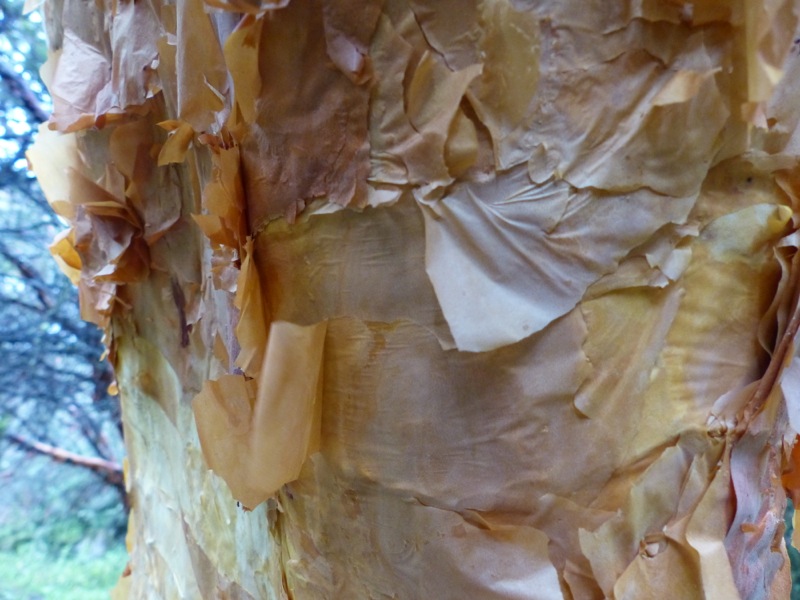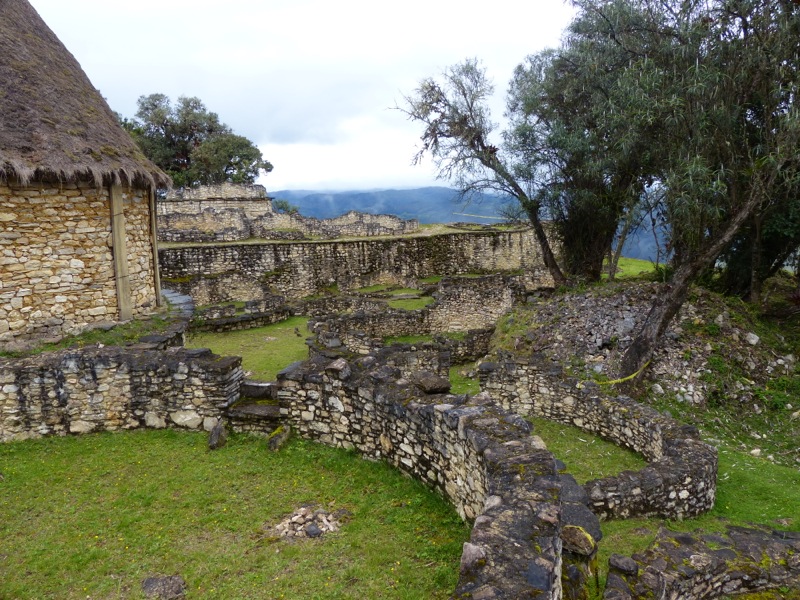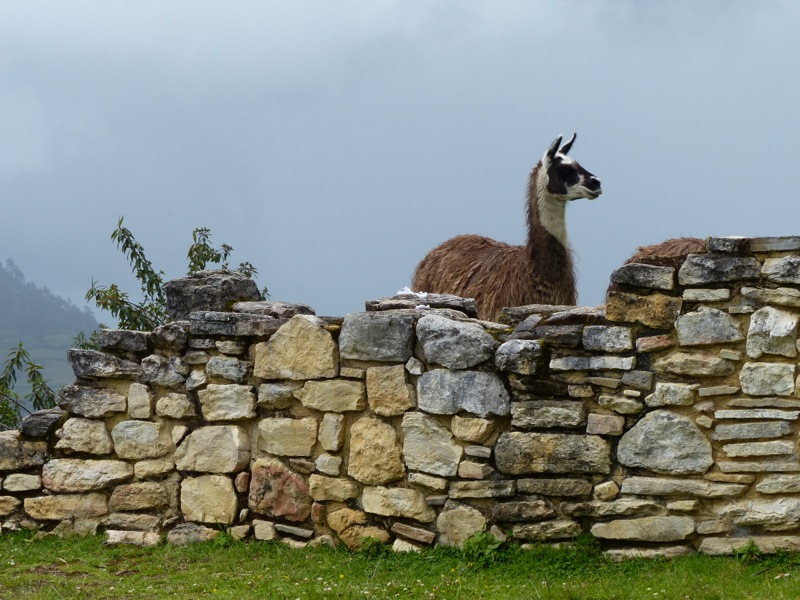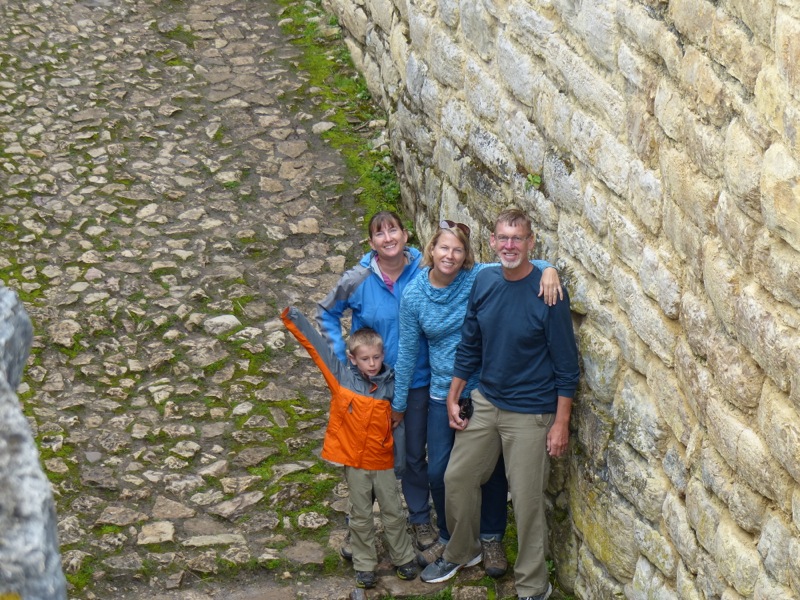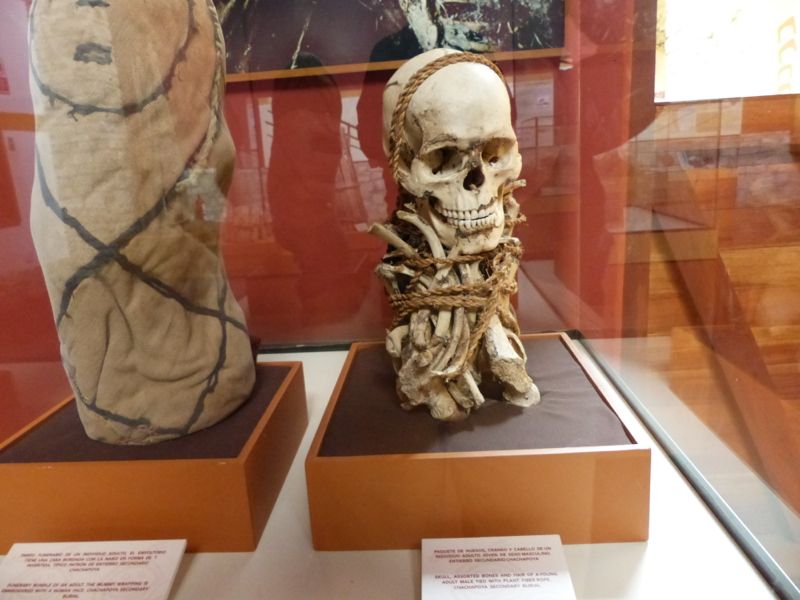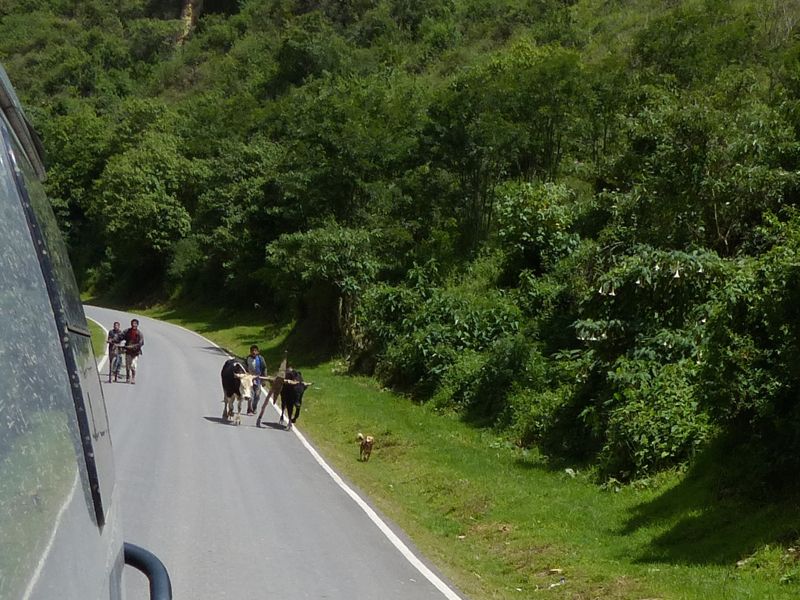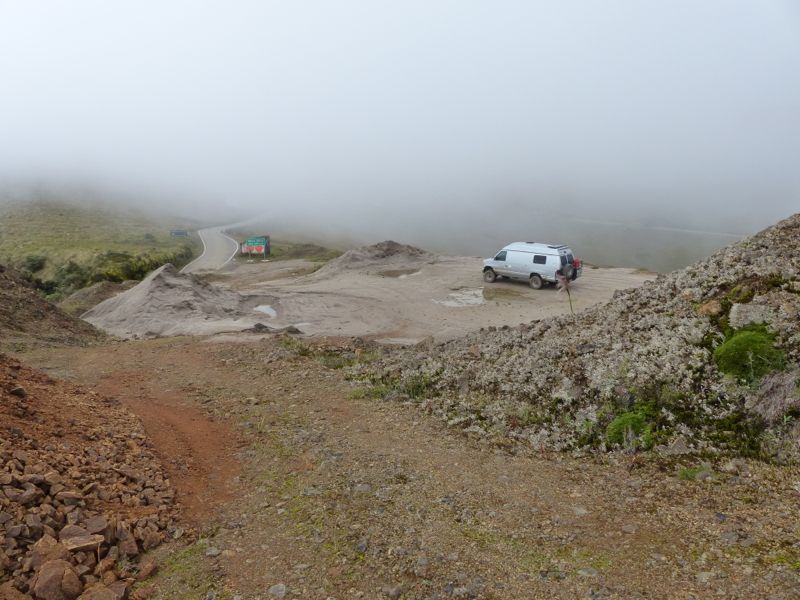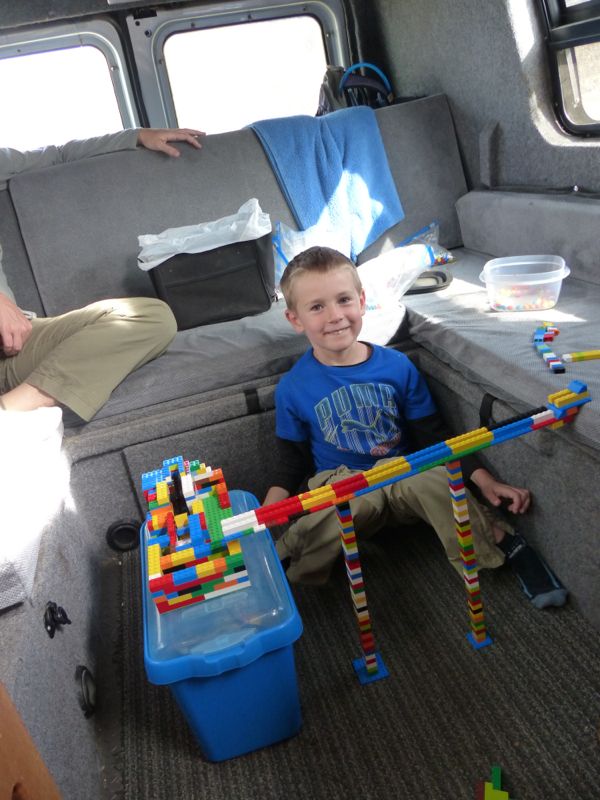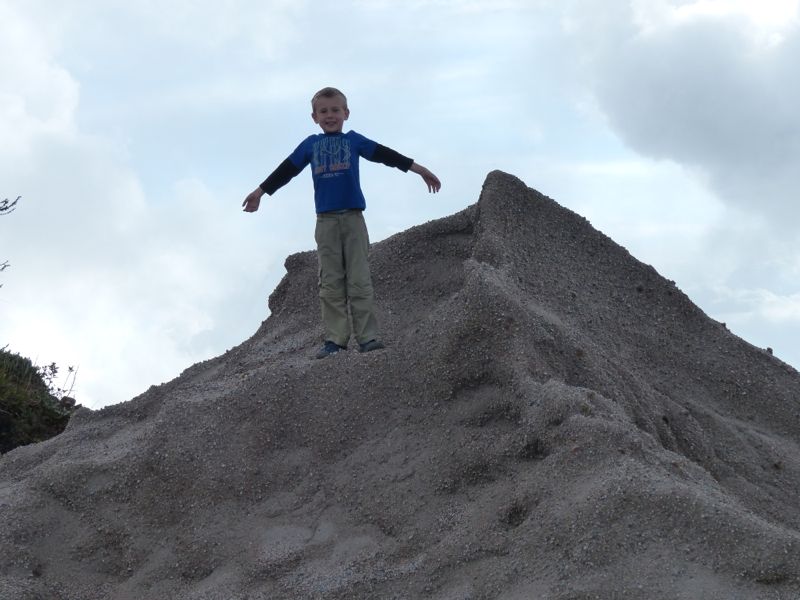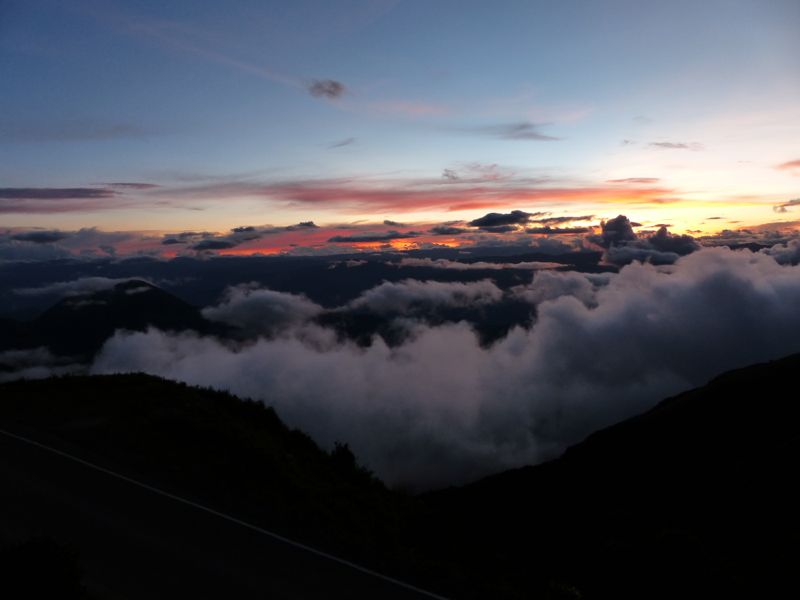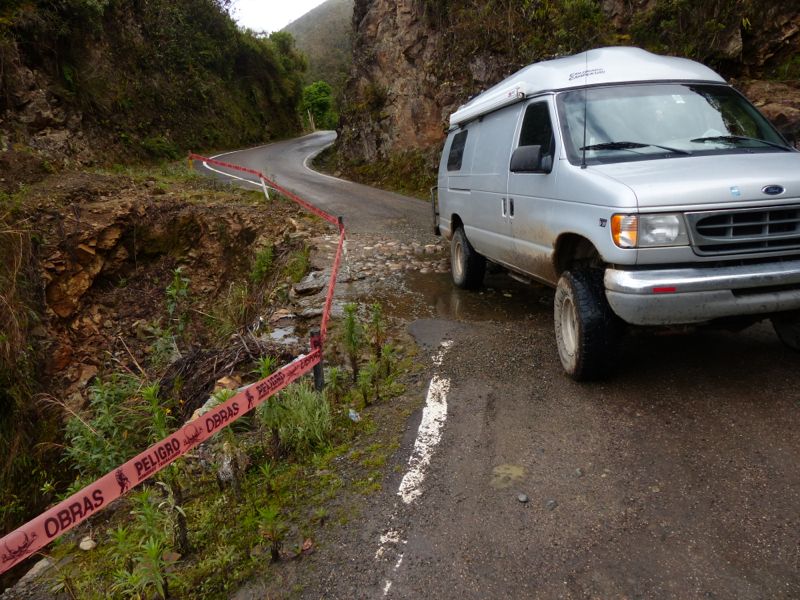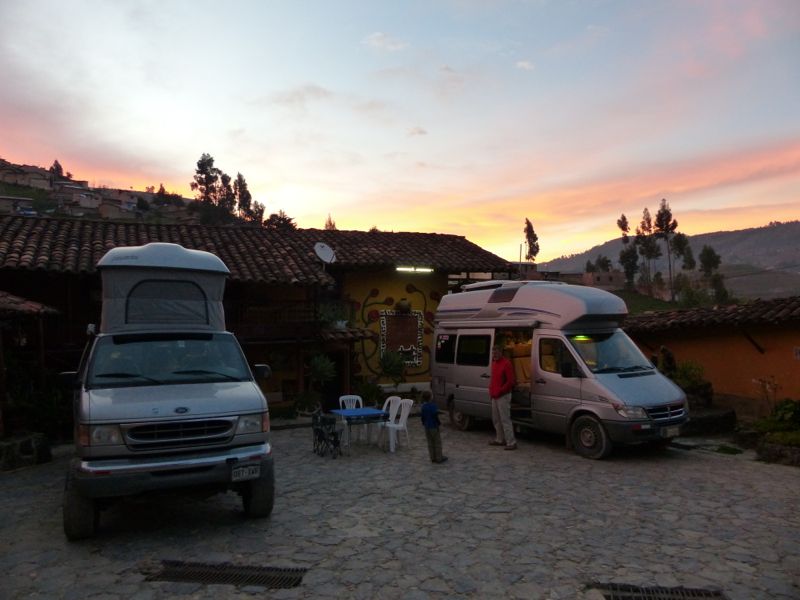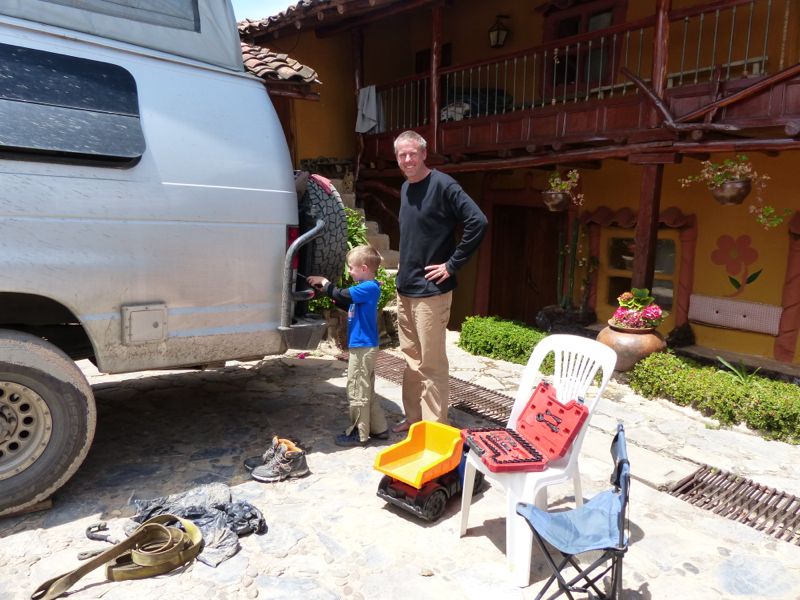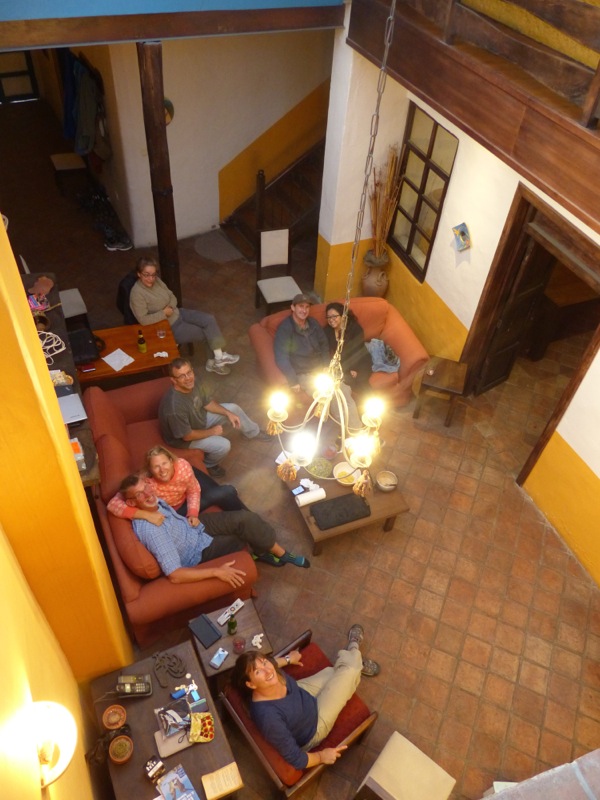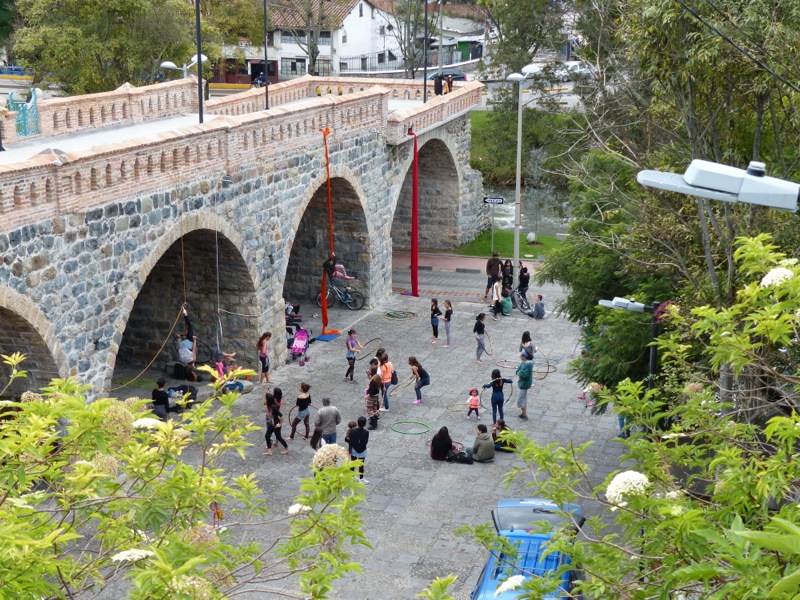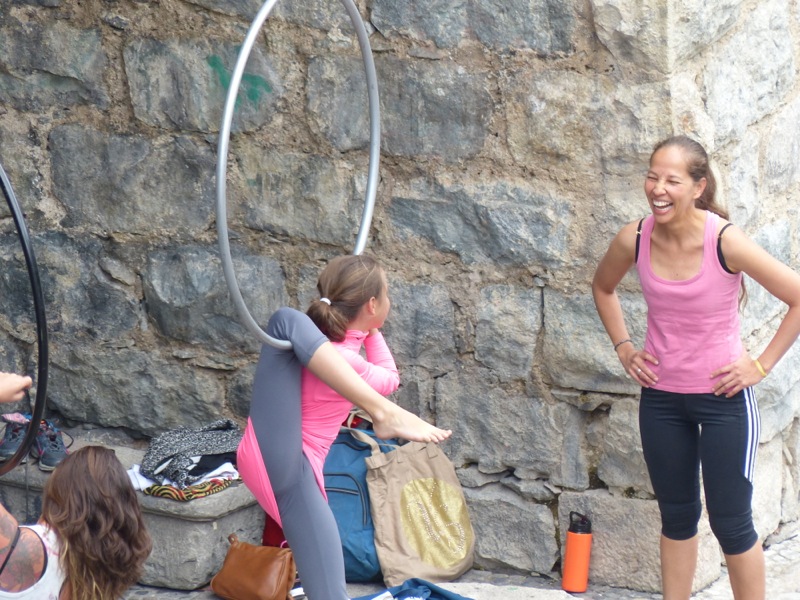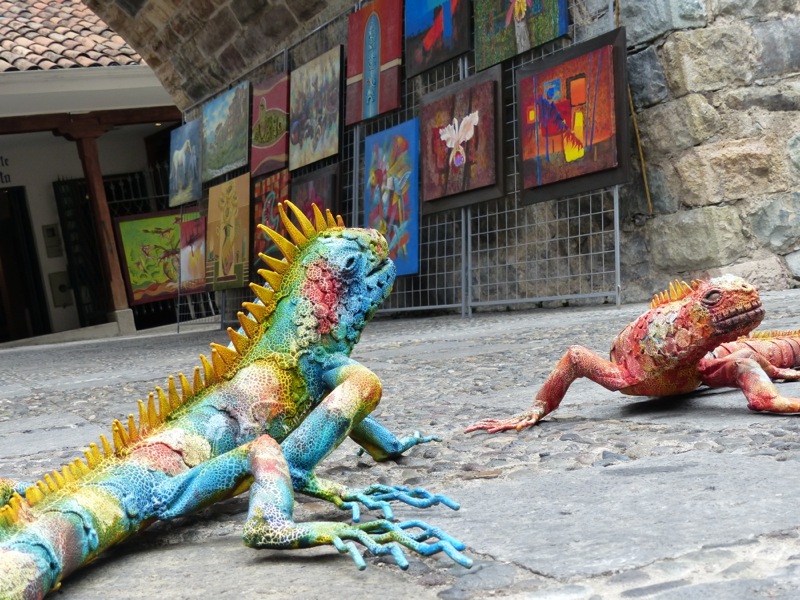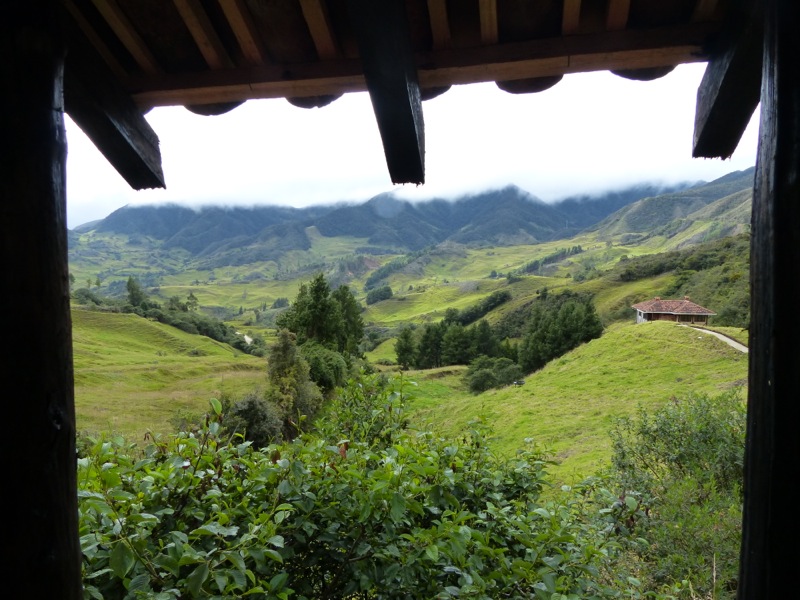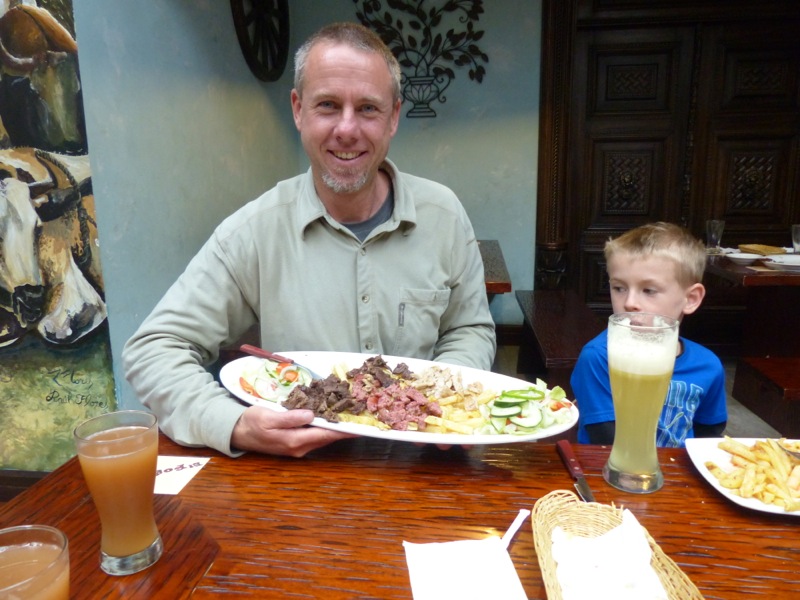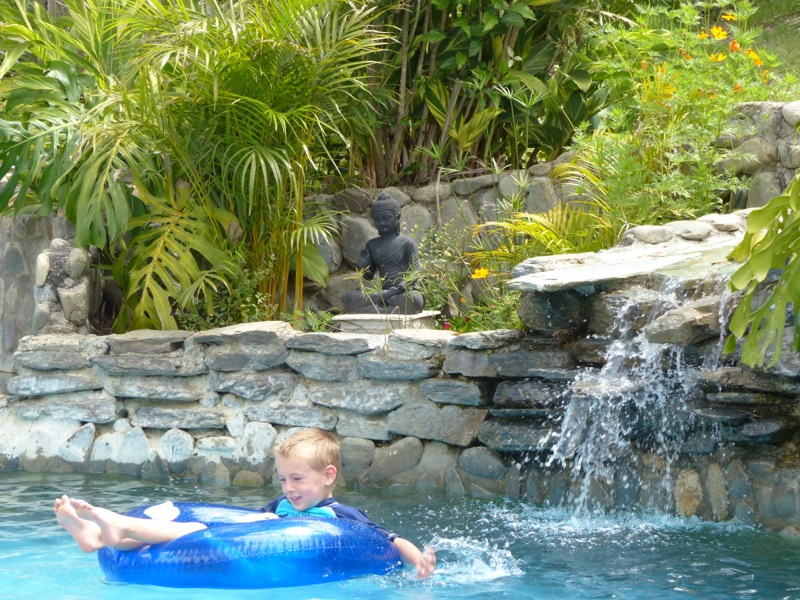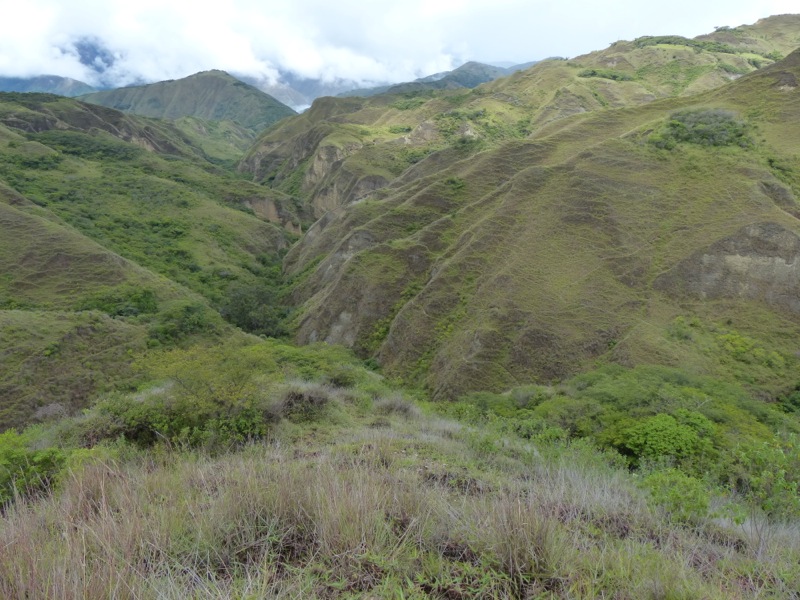Ecuador has been working on paving the mountain route from Vilcabamba to the Peruvian border at Las Balsas for some time, and according to the last report we received only the last 25km remain unpaved. From what we’ve heard, if the weather is dry all is good, but if it’s wet things can get sticky.
Our friends Melanie and Justin decided to come with us in their James Cook Westfalia, an awesome little RV based on a Mercedes Sprinter with everything we wish we had including a working stove and a bathroom with a hot shower. Oh, the luxury. They only thing it lacks is four wheel drive and a little ground clearance. We figured that if things got too bad we could always turn back and take the Pan Am to the border along the coastal route.
Things started out great with sunny weather as we made our way South from Vilcabamba.
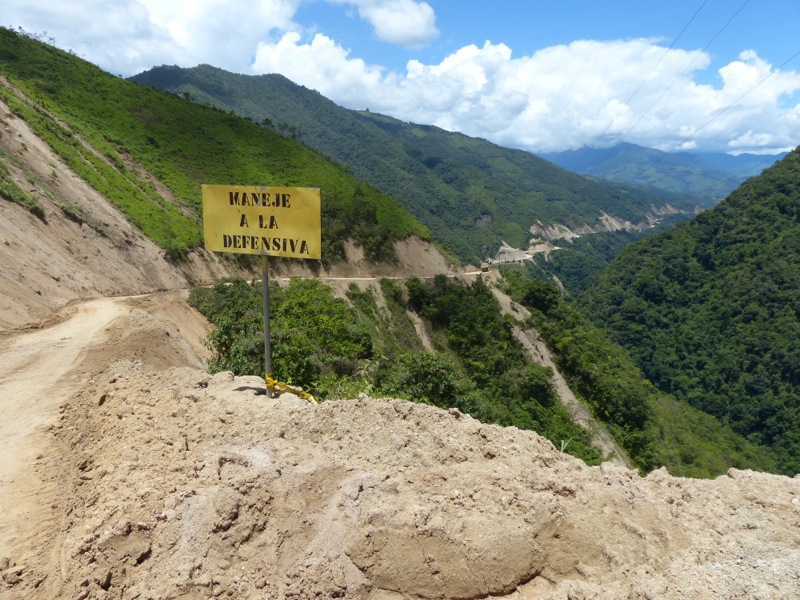
The drive through the highlands was beautiful. It started out paved, but soon we hit road construction. Drive defensively!
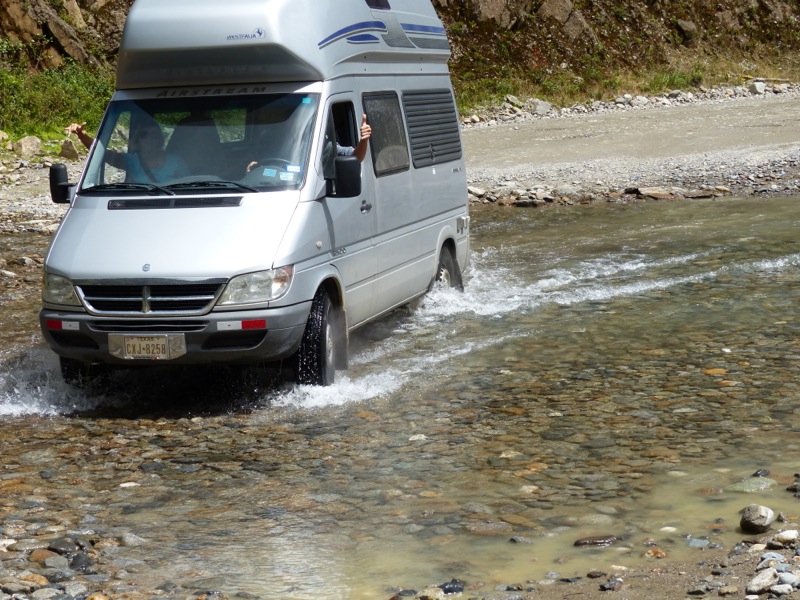
Westy gets her feet wet

This was the biggest of several landslides we saw. Mostly if they didn’t completely block the road they were left where they were. If you look closely, you can see Westy as she makes the crossing.
Zumba was the last town we went through in Ecuador, and we had planned to fill up on cheap Ecuadorian diesel before heading into Peru. The Ecuadorians were one step ahead of us though, and would only sell us $10 worth of fuel. With a little pleading they allowed us to fill our tank, but it seemed like filling our jerry can too was pushing our luck.
So after a little grocery shopping we headed for the border along a dirt track. The weather was still good and the dry road was no problem. We pulled into the border town of Las Balsas at around 4pm, and since we were the only ones there we decided to go ahead and cross into Peru. After 15 minutes helping the immigration official with date math, he verified that we head been in Ecuador for 88 days (out of the 90 days allowed on our tourist visa). Someone needs to make that guy a spreadsheet.
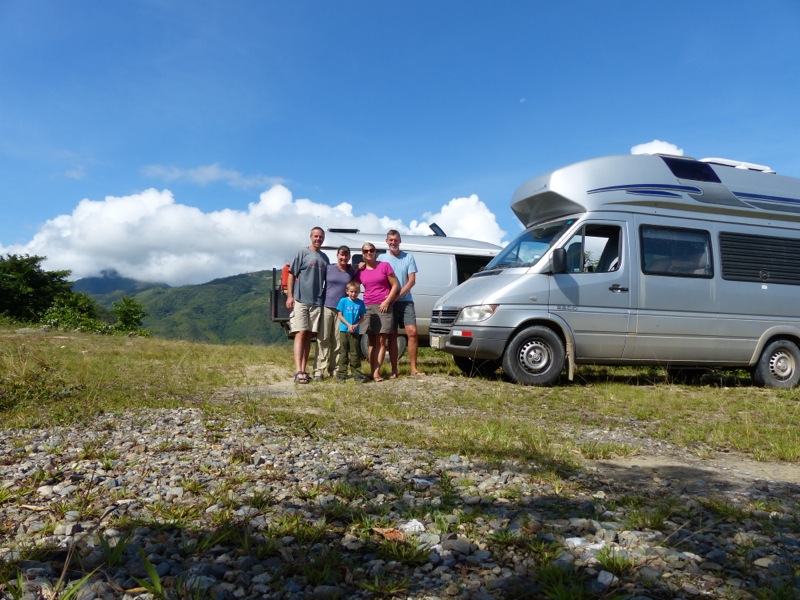
After a late afternoon border crossing we drove a short distance into Peru and found a spot to camp for the night.
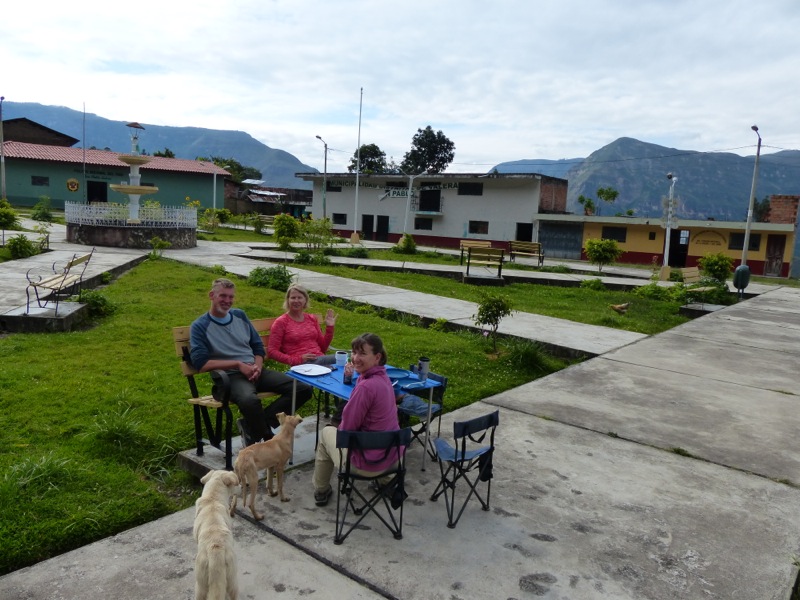
After a long drive the next day we ended up in the tiny pueblo of San Pablo. We camped right on the main plaza; this photo was at breakfast the next morning.
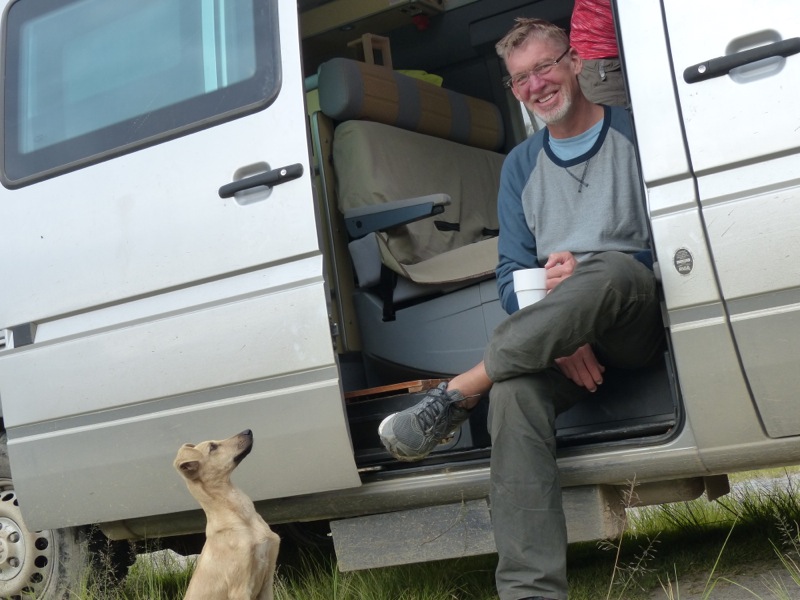
Justin and Melanie are true dog lovers, and with the help of leftover food we quickly had a loyal following.
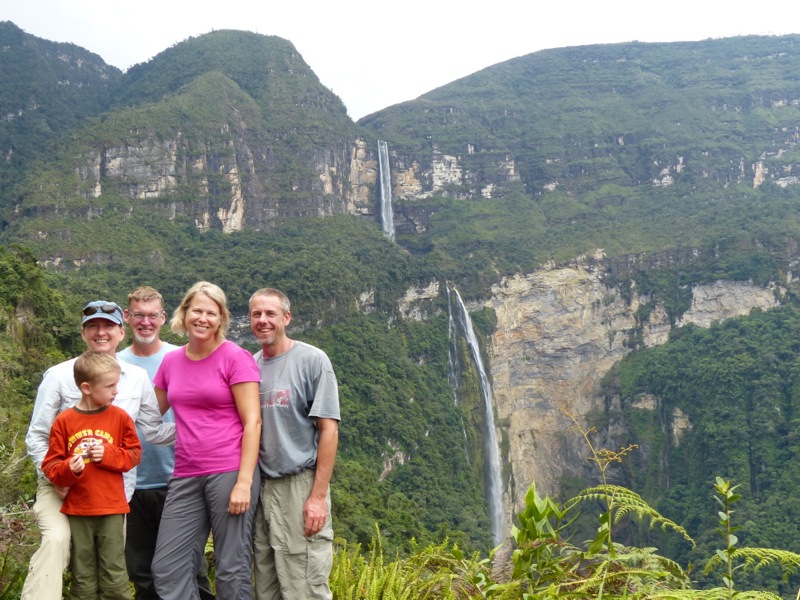
The next day we enlisted the services of Teodolo, a local guide, to take us to some nearby waterfalls. The falls are 771 meters high, making them among the highest in South America.
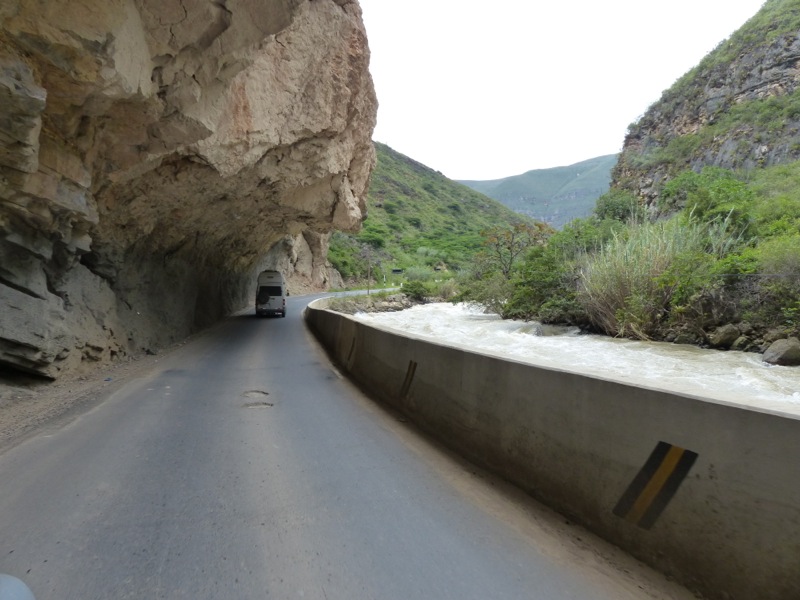
After another night sleeping on the plaza we headed for Lámud, our next destination. The road took us along a swollen river valley.
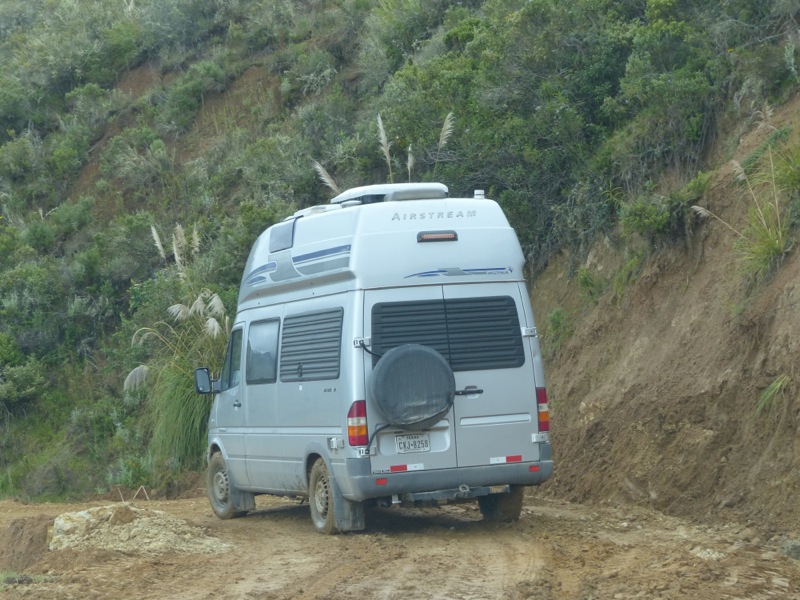
We were headed out to see some pre-Incan tombs. The track we followed was muddy and slippery from the recent rains.
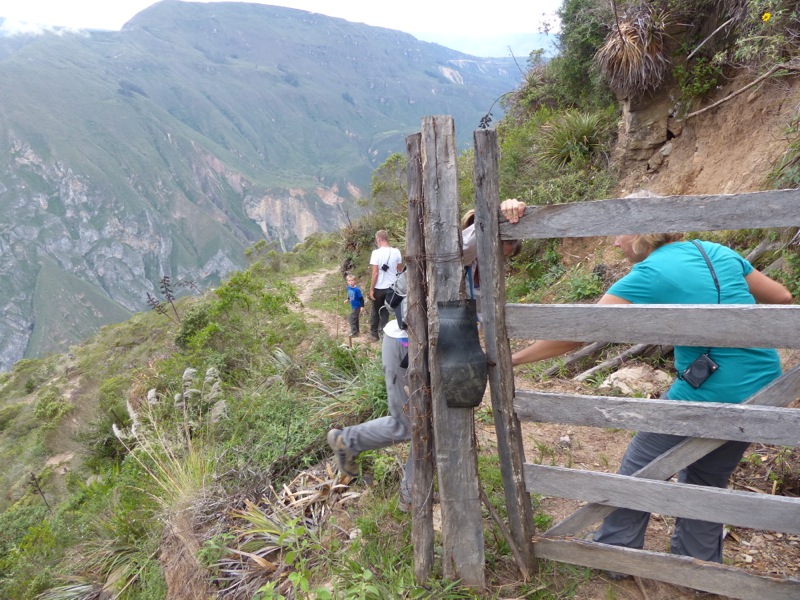
The site was reached by clambering around some gates locked with keys that I’m sure someone somewhere has. As it turns out, Roxana in the Lámud tourist office would have loaned us the keys if we had only known beforehand to ask.
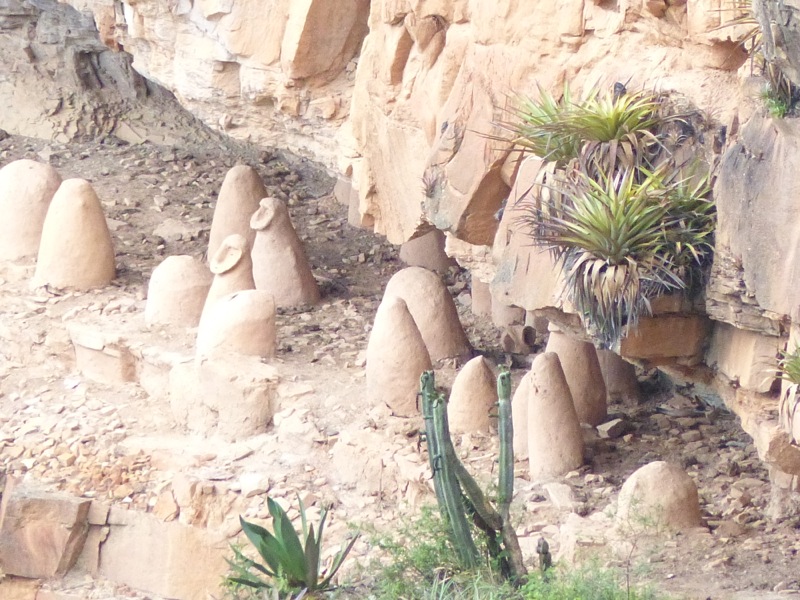
The tombs are built above-ground in hollows in the cliff side, much like Mesa Verde in Colorado.
Since we had made the hour long drive up the rough gravel road to Lamud, we decided we might as well see some caves that were shown on our map. After an exciting drive back into town during which the Westy slid almost sideways while descending the muddy track, we started asking about the caverns. Pretty soon Roxana showed up speaking perfect English and telling us about her friends in Colorado. She turned out to be the one-woman tourist office of Lámud, and showed us where to rent rubber boots for the mud and drew us a map of how to get to the caverns.
Justin and Melanie decided to leave Westy to relax in the town square for the day and climbed into the Sparksmobile for the trip to the caves. The road was muddy again and I used low range for one short stretch, so it was probably a good idea.
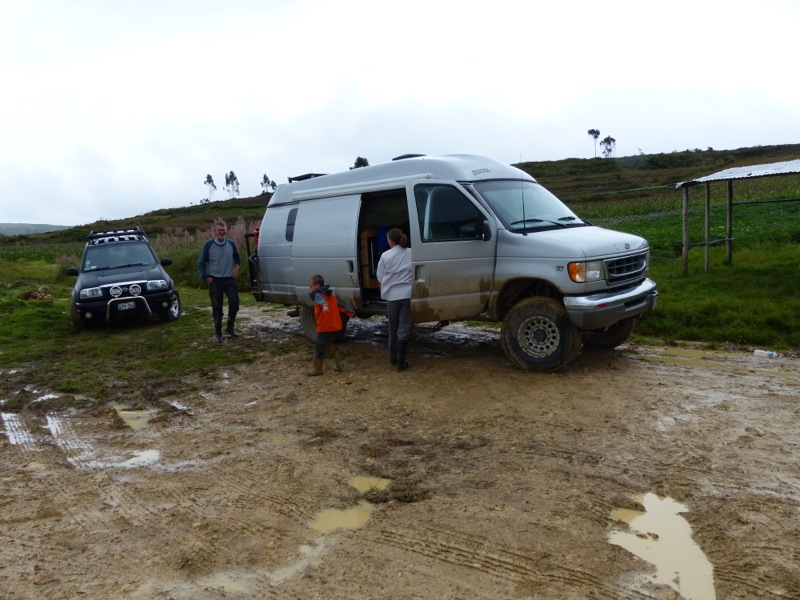
The mud parking lot at the caves.
The caves were fantastic, stretching a half kilometer into the hillside with stalactites and stalagmites, and even some prehistoric human bones and skulls. The mud was thick and pasty, and sometimes we had to help Quinn extract his feet from it.
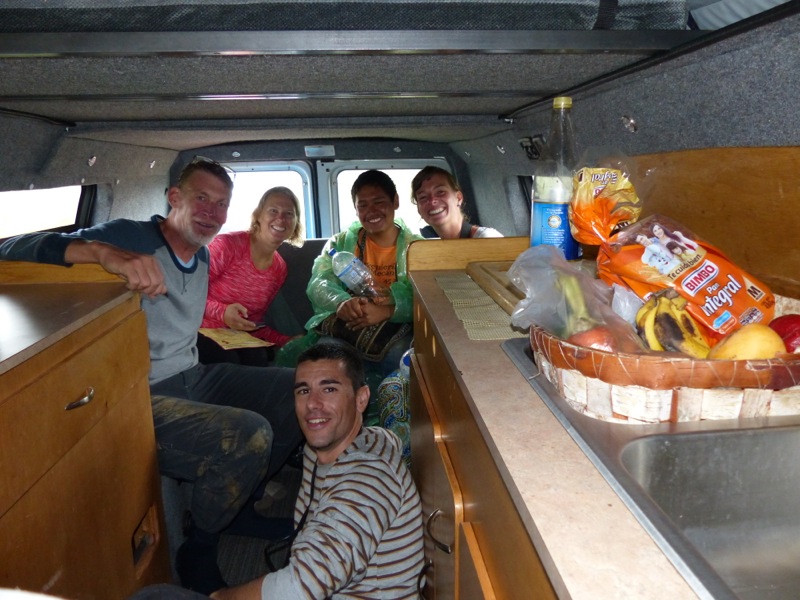
We met some Argentinean travelers on our way back to the parking lot and offered to give them a ride back to town rather than make them wait for a taxi in the rain.
